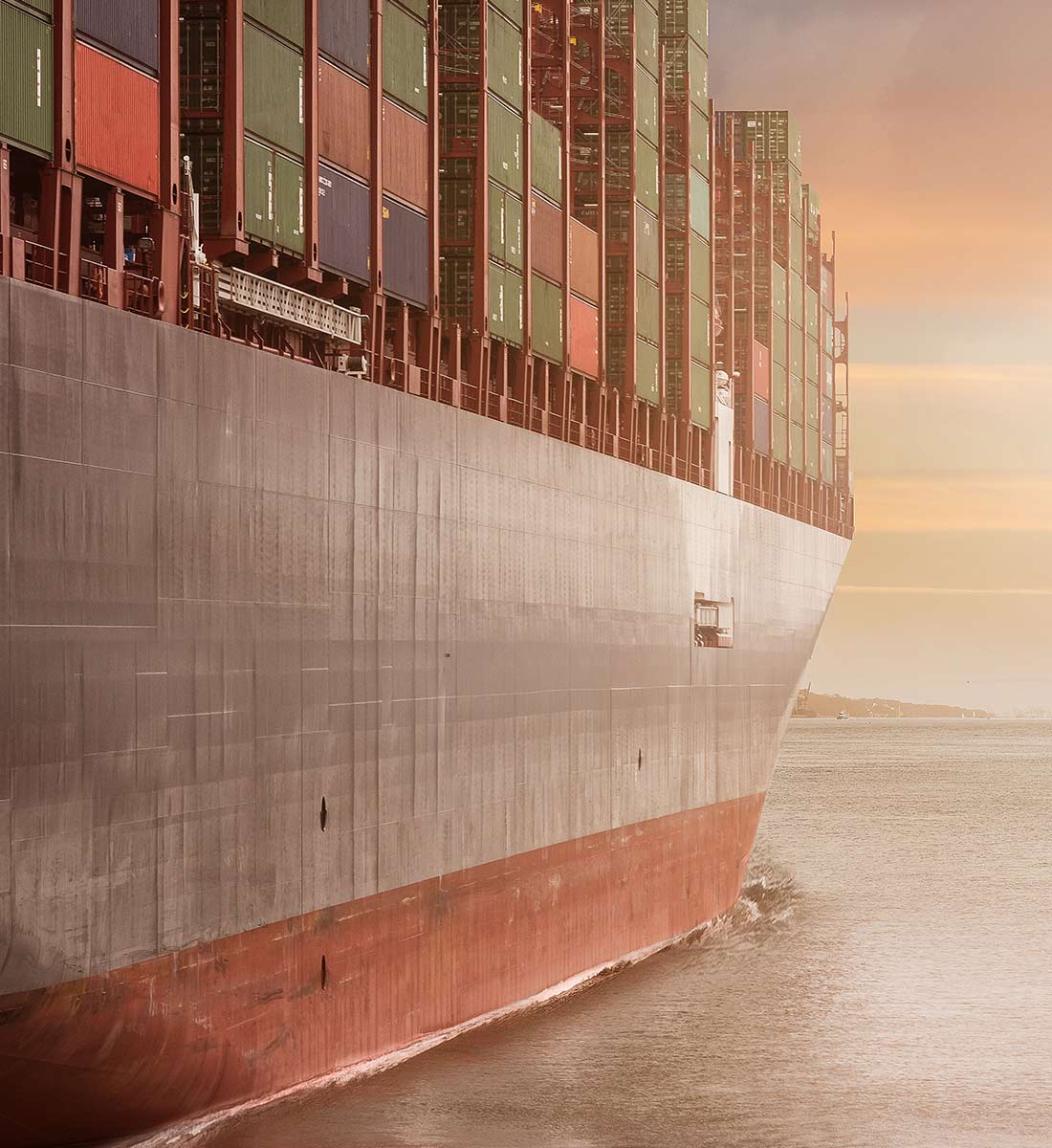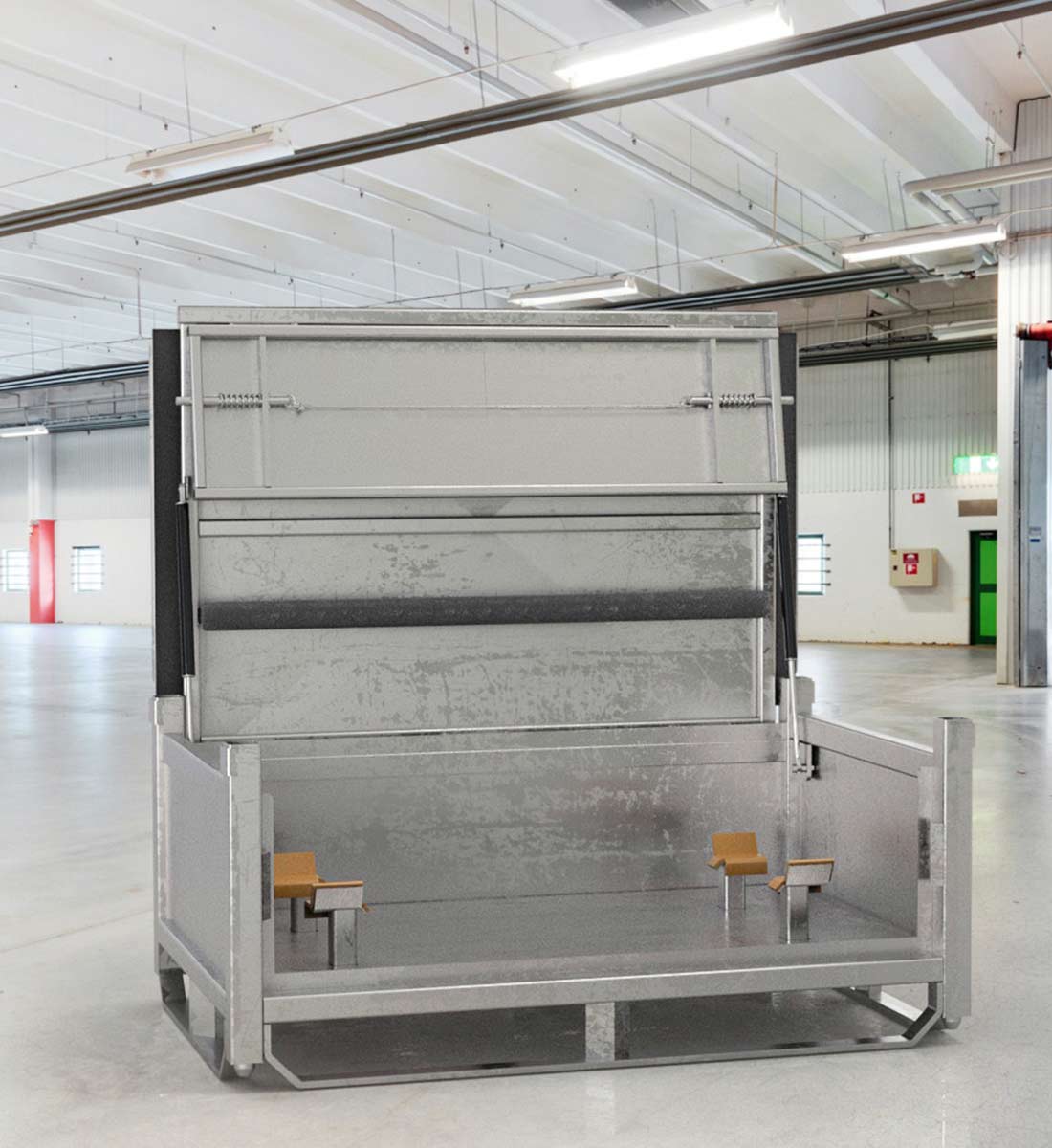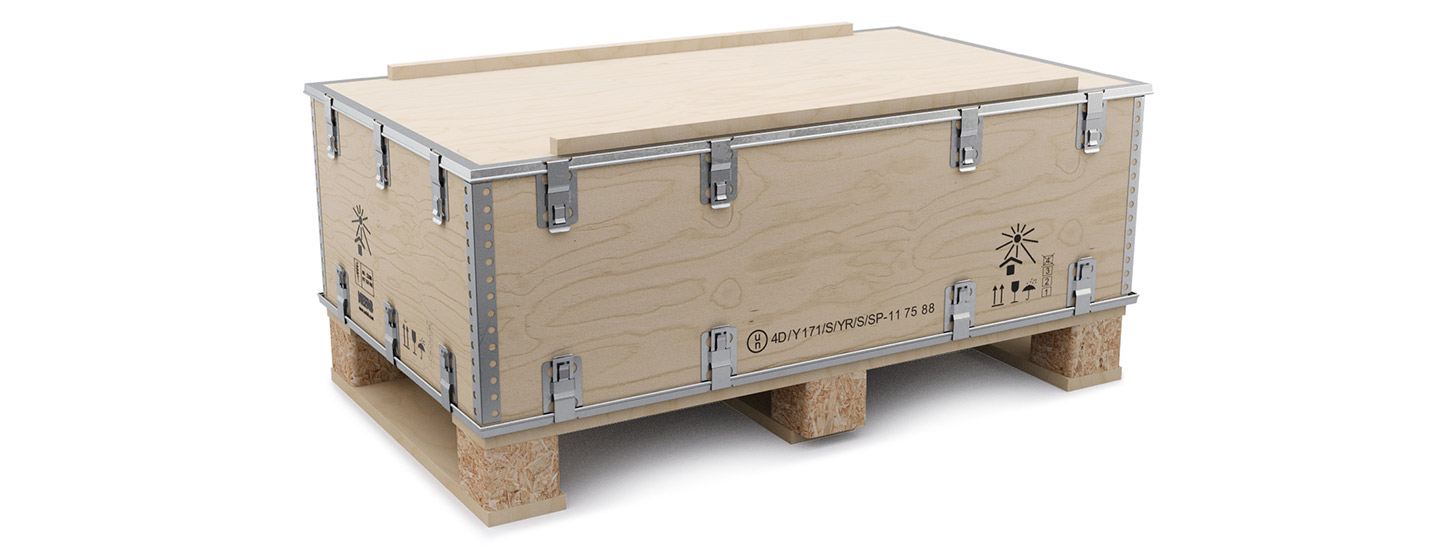These batteries require specific shipping solutions, and the solution that is right for you depends on several factors. If you have never shipped lithium-ion batteries before, you may not be familiar with these factors and how they are used to help determine the best packaging option. Let’s take a look at these decisive factors and how Nefab can help you with your shipping needs.
Factor 1: What State Are Your Lithium-Ion Batteries In?
The first factor that will determine your packaging is the state of your batteries. The regulations regarding shipping batteries define four different states. Each state has its own packaging and protection requirements. The four states are as follows:
- Prototype Battery
- Series Battery
- Waste Battery
- Damaged/Defective Battery
Prototypes
If your lithium-ion battery is classified as a prototype, it hasn’t been fully tested to ensure that it meets the UN’s Manual of Tests and Criteria, Part III, Sub-section 38.3. This means that the manufacturer must declare that your prototype is safe to be shipped. The packaging must be tougher and sturdier than other states. The prototype state also applies to some small-run series of batteries that have not been tested.
Series
A series battery is one that has been tested and approved for shipping and use. It is fully developed and is likely being mass produced for use by consumers. It does meet all of the requirements set out by the UN’s Manual of Tests and Criteria.
Waste
A waste lithium-ion battery is one that is at the end of its life cycle. These batteries are being packaged up for disposal or for shipping to a recycling center. Waste batteries cannot be shipped via air transport without the approval from the correct agency approval from the country/state of origin. They must be shipped in specific packaging.
Damaged/Defective
When a lithium-ion battery is damaged or defective, it cannot be transported by air. There are no exceptions to this. It must be carefully packaged for transport. If it’s not possible to determine a lithium-ion battery’s state, it’s considered to be defective for safety
Factor 2: The Lithium-Ion Battery’s Weight
The second factor is the weight of the battery. The heavier it is, the more protective packaging you’ll need to use. Weight is also the determining factor when it comes to packaging multiple batteries in the same package or crate. With heavier batteries, that’s not possible.
There are two general requirements that apply to the weight of the battery. First, the battery must be protected from short circuiting. If it were to short circuit during transport, it could cause the battery to begin to heat up. This, in turn, could lead to a fire. Second, the battery must not be able to move within the packaging. This means it must be securely packed prior to transport.
Factor 3: How the Battery will be Transported
The final factor that determines the right type of packaging is what mode of transportation will be used. There are different packaging regulations for each of the different modes of transport, and you must make certain that your packaging complies with these regulations. They govern everything from labeling and exterior markings to the type of vehicle that can be used and the driver certifications.
Lithium-ion batteries are shipped via road, rail, sea, or air.
Shipping via Road
If your lithium-ion batteries are being loaded onto a truck for transport in Europe, you must meet all of the requirements outlined in the ADR 2017 manual. This is the European Agreement that governs the transportation by ground of any dangerous goods.
Shipping via Rail
Shipping your batteries via train likewise requires you to meet specific guidelines for the transportation of dangerous goods. In this case, the appropriate regulations are outlined in the Carriage of Dangerous Goods by Rail (RID) guidelines. These guidelines and the ADR guidelines used for road transportation have been written to require similar packaging and protections.
Shipping via Sea
If you are going to ship your lithium-ion batteries via ship, you will need to make certain your packaging complies with the International Maritime Dangerous Goods (IMDG) Code. This code is updated every even year, so you will need to look at the 2016 Edition Amendment 38-16. This is the version of the IMDG Code that will be used from 2017 to 2019. In 2019, the 2018 Edition will go into effect. In order to review the regulations in the IMDG Code, you will have to purchase a copy of the Code from the International Maritime Organization.
Shipping via Air
Finally, the fourth method, air transportation, is also the most complicated one. That’s because the requirements for dangerous goods are very strict because accidents that cause planes to crash are likely to be fatal. Lithium-ion batteries exploding during air transportation have caused aircraft to crash in the past, so it is vital that everyone closely follow all regulations. This is why damaged batteries or those believed to be defective can never be transported by air. The risk is simply too great.
When transporting lithium-ion batteries by plane, you must review and meet the Dangerous Good Regulations (DGR). These regulations are governed by the International Air Transport Association (IATA) and the International Civil Aviation Organization (ICAO). You can purchase guides such as the Lithium Battery Shipping Guidelines from these organizations to help you understand the shipping regulations and what you need to do to comply with them. The free Lithium Battery Guidance Document can also be of help.
How Nefab Can Help You with this Complex Issue
Shipping lithium-ion batteries is, as you can tell, a fairly complex issue that does take some time and work. Of course, while the regulations all tell you what you have to do ship your batteries, they rarely tell you how to design the packaging. You, then, must figure out the right design that does everything you need while also meeting all of these guidelines. Once you’ve designed packaging, don’t be surprised to find out that it can’t be certified because of one reason or another. It can take multiple tries to get it right.
That’s where Nefab comes in. We will assist you with designing packaging that meets all of your needs while also meeting all of the various guidelines required for the shipping method of your choice. We have years of experience in this, so we understand all of the small details that are important. If you want to know more about what we can do, contact us today.
Read more about our solutions for Lithium Ion Batteries here


